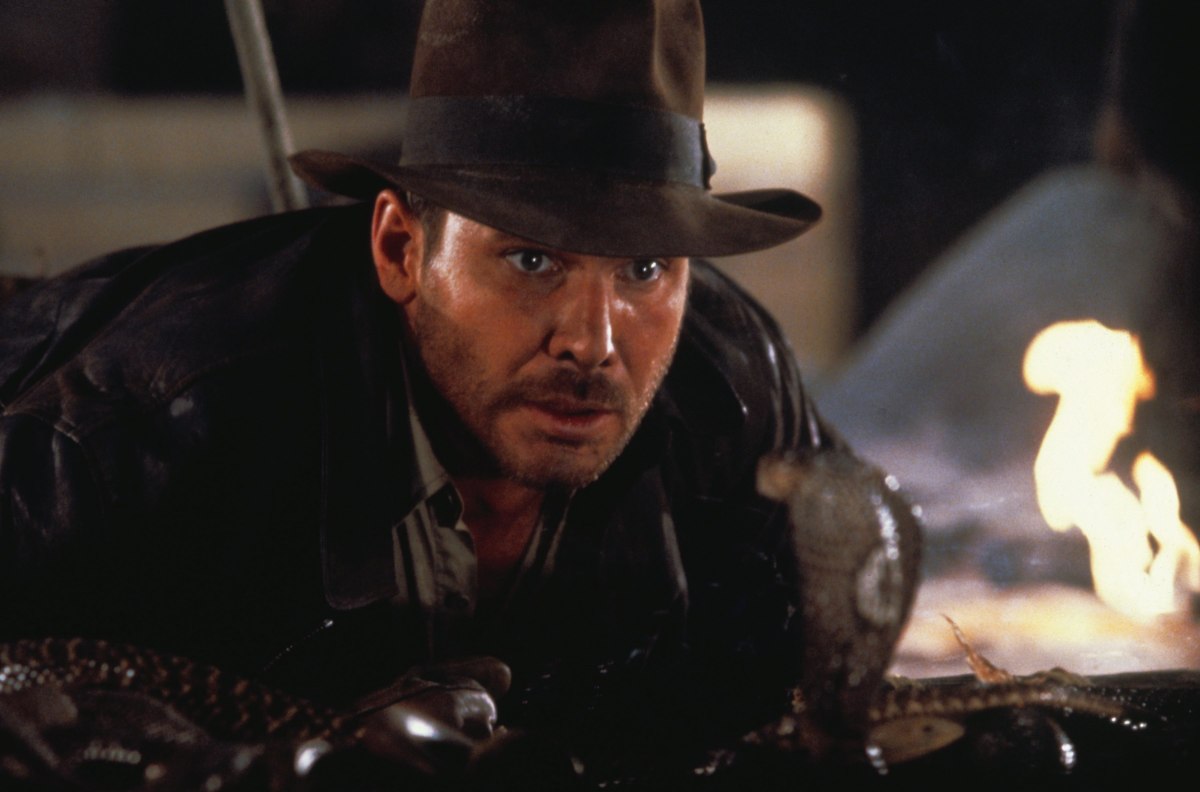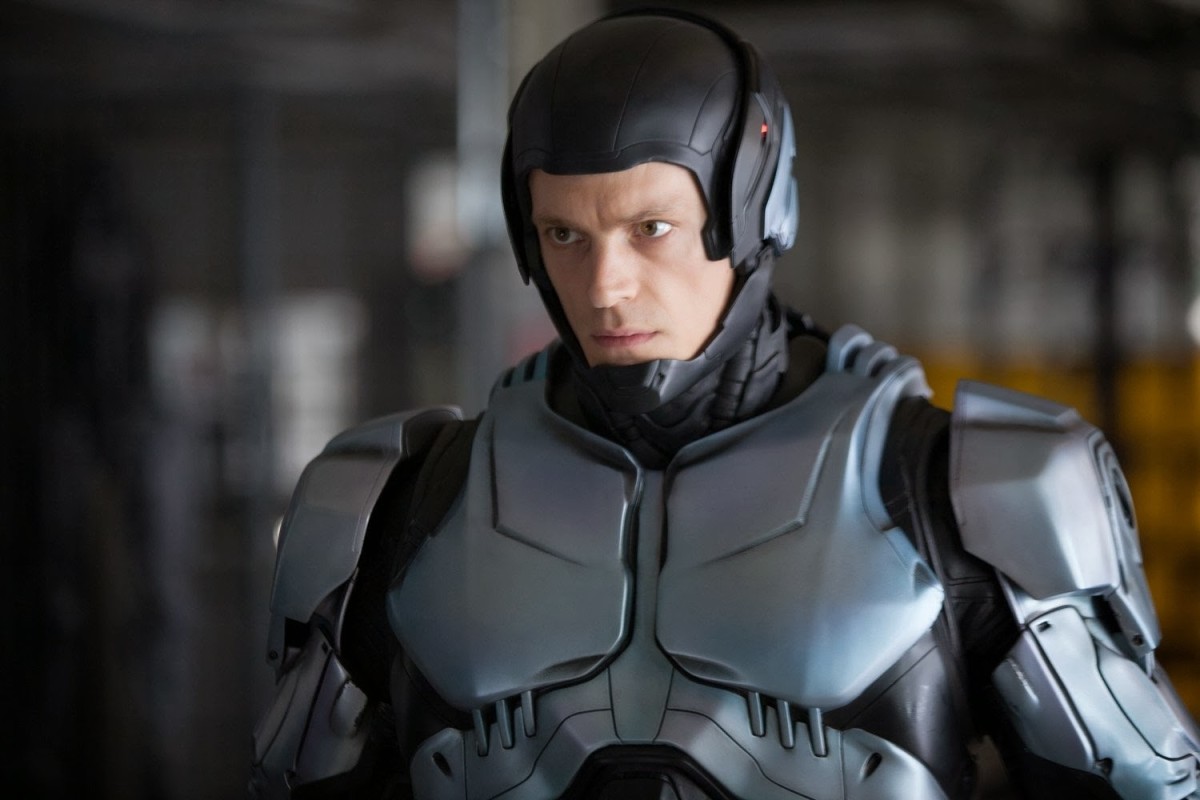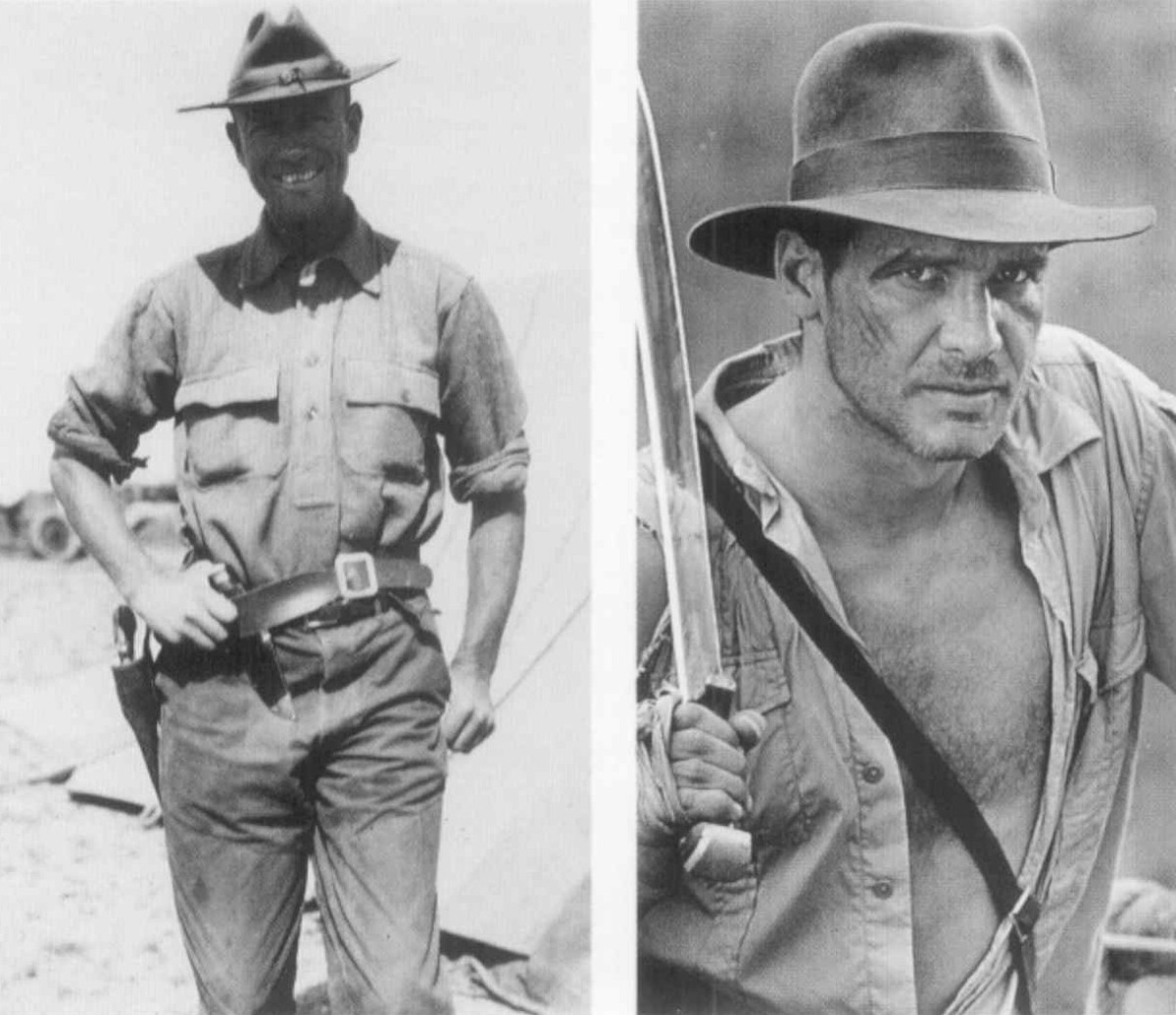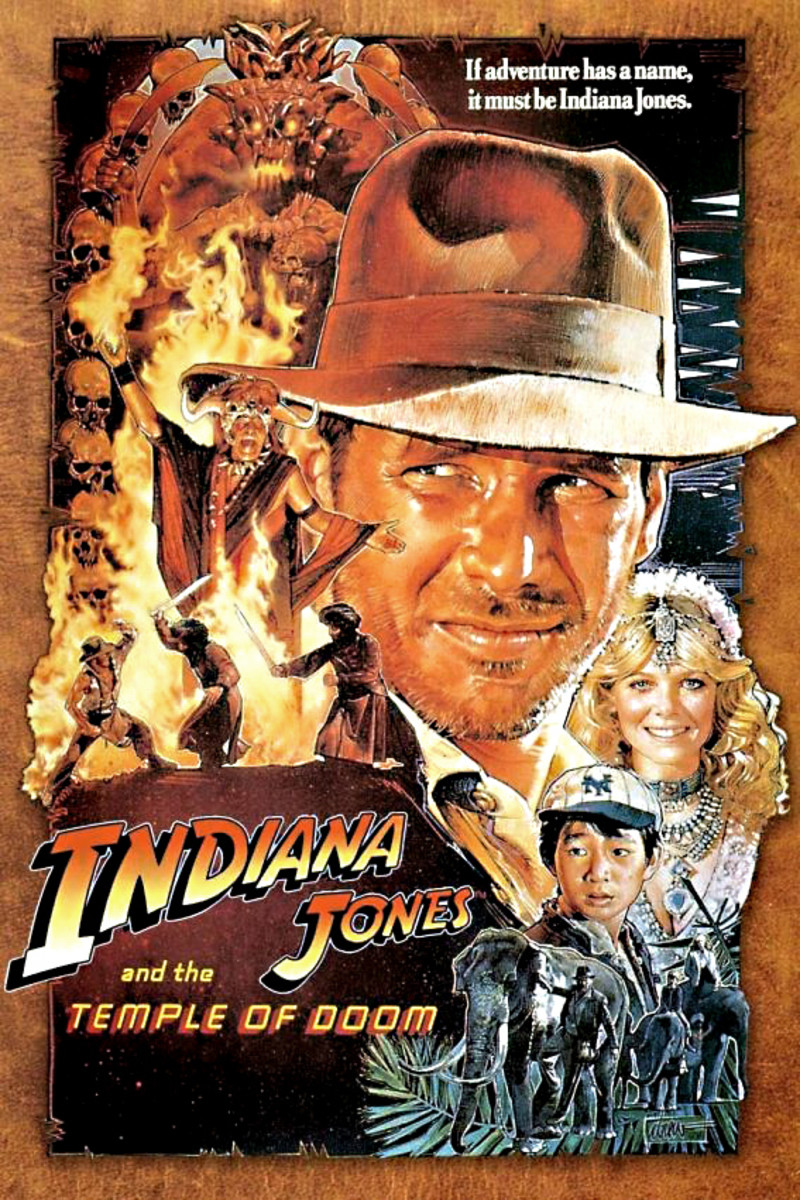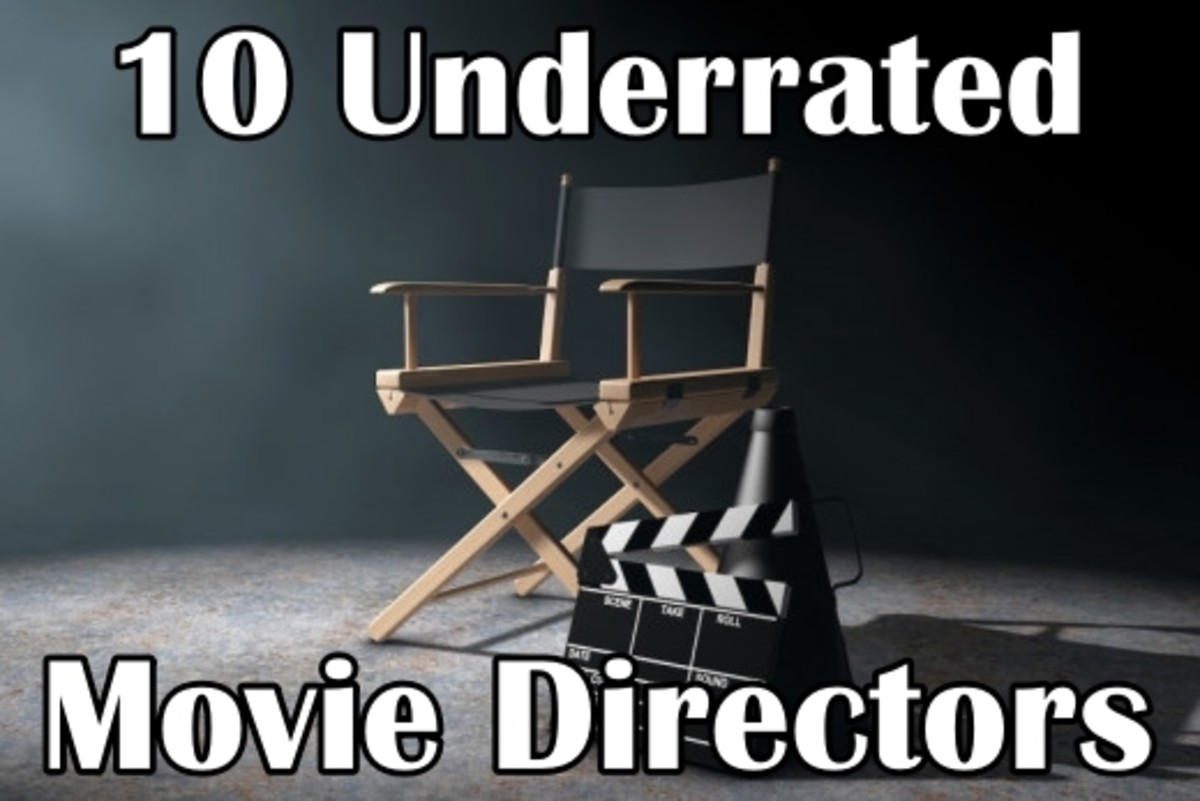Unmade Masterpieces: The 20 Best Films NEVER Made
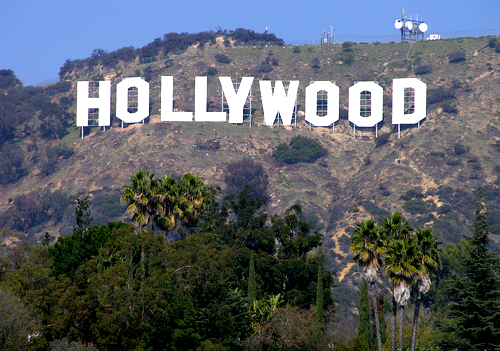
20 Classics That Might Have Been:
Did you ever hear that a certain movie was being made and said, "Wow! I can't wait to see that!" Many movies are announced each year, but only about half are actually completed. Some never make it past the script phase. Others go into pre-production mode before they fall apart and others actually begin filming, only to remain incomplete due to certain circumstances.
The following are 20 tantalizing un-made films that sounded like they could have been good cinema.
Abbott & Costello Meet the Creature: After the classic comedy duo of Bud Abbott and Lou Costello meet Frankenstein, as well as Dracula and the Wolfman, Universal studios rolled out a whole series of monster-related films, including the Mummy, the Invisible Man and Dr. Jekyll/Mr. Hyde. Late in their careers, the studio was planning to have them meet Universal's newest popular monster, the Creature from the black Lagoon. There were publicity posters filmed for the project, but sadly, Bud and Lou lost their contract with Universal Studios and project was never made.
Bugs Bunny CGI Movie: Before Toy Story, Shrek and the othe popular CGI animated franchises, there was serious talk of making that wascally wabbit into the first full-length CGI animated feature. Warner Brothers backed off the project for various reasons and made the semi-animated Space Jam (co-starring basketball star Micheal Jordon) instead.
Brazzaville: Casablanca 2: After the critical and financial success of Casablanca, Warner Brothers was thinking about making a sequel and even commissioned a script. The film was to be called Brazzaville, because of the line at the end of the original film when Louie (Claude Raines) suggests to Rick (Humphrey Bogart) that they flee to Brazzaville to join the Free-French garrison there. The Sequel was to follow Rick and Louie's "beautiful friendship" as they battle the Nazis for the French underground. Geraldine Fitzgerald was to be introduced as a Red Cross nurse who would be Rick's new love interest. Ultimately, the studio wasn't happy with the script concept and decided to leave well-enough alone.
The Capture of Tarzan: Johnny Weissmuller is the most popular of the big-screen Tarzan actors. After two successful Tarzan films, (Tarzan the Ape Man, Tarzan and his Mate) a third Tarzan film was set to begin production. The film was to be darker than its two predecessors and have some surprisingly violent scenes with some killer pygmies and vampire bats. But by this time, the Hayes Office for Decency in Films had become powerful and put limits on what could be shown on screen The studio ordered a complete rewrite for the script, and the movie transformed into the tamer Tarzan Escapes.
Don Quixote: There were two incomplete versions of this story. Orson Wells had written a script about the man from la Mancha and spent years trying to get the funding to complete it. He managed to begin filming in Spain, with actor Francisco Reiguera but sadly, Reiguera died and Wells ran out of money. Years later, director Terry Gilliam began his own version of the story, called The Man Who Killed Don Quixote, starring Jean Rochefort and Johnny Depp. Numerous production disasters and lack of funds doomed the project. The collapse of the film was documented in the film Lost in la Mancha. (Gilliam is trying it again, with Robert Duvall as Quixote.)
Evolution: Special effects master Ray Harryhausen planned to make a two-hour story about the evolution of the planet, with special focus on the age of the dinosaurs. There would be no actors or dialogue. The whole thing would have been done by stop-motion, accompanied by classical music. The money-men pulled out of the project because they didn't have confidence in the intelligence of the public to sit through two-hours of such material. Harryhausen never found the funding to complete this dream project.
House of the Wolfman: The Wolfman, played by Lon Chaney jr., was one of a trio of the most popular movie monsters of the 1930s and 40s, along with Dracula and the Frankenstein Monster. The three monsters were to be teamed up in a trilogy of films. The first was the House of Frankenstein, which was profitable, and the second was the House of Dracula, which did not do very well, critically or at the box office. Therefore, the third part of the planned trilogy, the House of the Wolfman, was cancelled. Instead, the three monsters were utilized in the hilarious horror parody Abbott and Costello Meet Frankenstein,
Indiana Jones and the Lost Continent: For years after Indiana Jones (Harrison Ford) road off into the sunset at the end of Indiana Jones and the Last Crusade, there was talk of a fourth Indiana Jones film. Writer George Lucas, Director Steven Spielberg and star Harrison Ford could never agree on the project. The most promising script was Indiana Jones and the Lost Continent, which had Indy go on an adventure which leads him to the lost city of Atlantis. Spielberg and Harrison Ford insisted on some changes in the film which Lucas resisted, so he abandon the script. He later came up with a sci-fi oriented story about an alien invasion called Indiana Jones vs, the Saucer Men, but Harrison Ford hated it. Lucas would combine the two scripts into the lamentable Indiana Jones and the Kingdom of the Crystal Skulls.
The Justice League of America: Super-hero movies have been one of the most profitable genres of film in recent years, and the dream film for any comic geek hasgot to be a cinematic version of the Justice League of America. Warner Brothers studio announced the project and there was major buzz about it. There was even an IMDb page devoted to it. The lineup was to include Superman, Batman, Wonder Woman, the Flash, Aquaman and the Green Lantern. However, plans were already underway for Christopher Nolan's Batman Begins and for the less successful Superman Returns. The Green Lantern movie was being discussed, as was a possible Wonder Woman movie. Warner studios decided that it would be more profitable to have individual franchises rather than using all the characters in one film, so the project was dropped.
The Marx Brothers at United Nations: In the 1950s, the aging Marx Brothers were set to reunite for another film. Groucho, Chico and Harpo were to play a gang of thieves who are fleeing the police and end up in the UN, where they are mistaken for important dignitaries. The joke was that the thieves fit so well in the world of politics, no one realizes they are phonies. The death of elder brother Chico ended the project.
Napoleon: Stanley Kubrick has made many classic films, and his planned Napoleon film was a project that he had wanted to do for years. The movie, which he started production on in 1968, was to be an epic three-and-a half hour extravaganza about the life of Napoleon Bonaparte. United Artist was unwilling to fund the entire project because they didn't think people would sit through a 3-plus hour bio-pic. Kubrick almost got money from some Europeans investors (it was going to be filmed in France and Italy) but he was ruined by competition from the film Waterloo, with Rod Steiger, which was being filmed nearby at the same time and was courting the same investors. The investors decided to put their money into the cheaper film and so Kubrick couldn't fund his own version.
The Navarone Trilogy: The Guns of Navarone--starring Gregory Peck, David Niven and Anthony Quinn--was a huge hit in 1961. Director J. Lee Thompson had planned for a trilogy of stories featuring the Peck and Niven characters of Malory and Miller. He had hoped to start work on the second film by 1964 but it was difficult for huge stars like Peck and Niven to coordinate their work schedules with Thompson's. Several years passed and the sequel was delayed. By 1970, both Niven and Peck agreed that they were now too old to portray their characters (the sequel was supposed to take place only a year after the first film) and so the trilogy was abandoned. In 1978, director Guy Hamilton picked up the thread of the franchise and finally filmed the sequel Force 10 from Navarone, with Robert Shaw and Edward Fox as Malory and Miller. Harrison Ford co-starred. The film ended on a cliff-hanger, which was to set up the finale of the trilogy. However, Force 10 from Navarone was a box-office flop and plans for the third Navarone film were dropped.
The Road to the Fountain of Youth: Bob Hope and Bing Crosby had made their successful "road" series, consisting of seven films between 1940 and 1962. The two remained close friends and in the late 1970s, the duo decided to reunite for a final "Road" film. This one was to be called The Road to the Fountain of Youth. The story would begin with the aged Hope and Crosby, until they find the fountain and are turned young again (after which, younger actors would play them as young men.) The sad death of Bing Crosby in 1977 ended the project.
Roger Rabbit 2: The Toon Platoon: The success of Who Framed Roger Rabbit led to a series of short animated films and, of course, to talk of a sequel. Or rather, a prequel. The story was to take place several years before the original, focusing on Roger's early years, how he met his voluptuous wife Jessica and how he became a Toon star. The movie was to be a tribute to the Service comedies of the 1940s (Most of the popular comedians of the time made comedies where they joined the armed forced.) In the film, Roger would be a USO performer who foils a Nazi plot. Unfortunately, there was a problem regarding the rights to the characters. Spielberg's Amblin Entertainment, Disney Studios, and Roger Rabbit's creator Gary K. Wolfe all fought over their piece of the profit pie and the franchise fell apart.
Strawberry Fields Forever: 25 years after the surreal animated film Yellow Submarine debuted, plans were made to film an animated follow-up to the Beatles cult favorite. The film was supposed to be done in the new medium of CGi animation. (Impressionists were going to voice the Beatles, but the songs would be done by Beatle recording.) The surviving Beatles didn't approve of the screenplay and it never went past the script stage.
Superman meets Batman: In 2002, Director Wolfgang Peterson wanted to resurrect the ailing franchises of the Man of Steel and the Caped Crusader (After Superman 4: the Quest for Peace and Batman & Robin both flopped) and planned to unite the two characters in one film. A script was written where superman and Batman would join forces, but the idea was dropped in favor of the Justice League film, which itself was later aborted.
The Van Helsing Chronicles: The great Anthony Hopkins stole the show with his quirky performance as Dr. Abraham Van Helsing in Bram Stoker's Dracula. Therefore, plans were made for a series of Van Helsing films, patterned after the Hammer Studios Peter Cushing films, where he portrayed the vampire-hunting genius. After numerous delays, the busy Hopkins eventually quit the project and the concept was re-written to be a high-octane, kinetic action film starring Hugh Jackman as a James Bondish version of Van Helsing.
Warhead: In the late 70s, several years after Sean Connery had quit the popular James Bond Franchise, he was contacted by Kevin McClory, who had produced the Bond film Thunderball. McClory, who had also left the franchise, didn't like the turn the Bond series ahd taken and wanted to make a new Bond film starring the original and best Bond, Sean Connery. The film was to be a semi-sequel to Thunderball, but produced by a different production company. Orson Wells had agreed to play the villain. However, the financial power of United Artists (who produced the "proper" Bond series) managed to squash the project. Connery and McClory finally got to do another Bond film in 1983, when they made Never Say Never Again, which was basically a remake of Thunderball.
Wonder Woman: Warner Brothers owns DC comics. The three most popular comic heroes of the DC comics universe are Superman, Batman and Wonder Woman. Superman and Batman had both had successful film franchises made about them, so it was natural that Wonder Woman was next. There had been a successful Wonder Woman TV series in the 1970s, starring Linda Carter. A script was written for the film and Lucy Lawless (Xena: Warrior Princess) was approached to play the lead role. However, Lawless pulled out of the project because the script was too Xena-like for her and she feared type-casting. Other names were tossed about for the role and the script was re-worked. The studio got cold feet because superhero films about women have traditionally not gone over well (Supergirl, Catwoman, Electra.) They decided to make a new Wonder Woman TV series instead, since the character had already been successful on TV. The pilot was filmed but was too un-heroic, turning Wonder Woman's exploits into a super-powered Sex in the City. The Pilot never sold, and any future plans for Wonder Woman have faded into limbo.
Won't Fade Out: In the 1980s, Andrew Lederer decided to make a film that paid homage to the aging stars of Hollywood's golden years. The plot concerned a group of old actors who are reunited for a reunion tour and suddenly find fame late in life, which they have trouble dealing with. The actors would include Frank Sinatra, Burt Lancaster, Bette Davis, James Stewart, Ralph Bellamy, Roy Rogers, Ginger Rogers, Lillian Gish and some of the Little Rascals. Paramount executives were reportedly disappointed in the script because they expected a lite comedy, but the script was actually an emotionally powerful drama, so they passed on the film. Too bad.
Those are just a few of the films that should have been made but weren't.

